The overwhelming majority of the sports supplement industry focuses on a product model in which the architecture of product design uses the "gain this" or "lose that" format. In other words, nearly all products either target fat loss or muscle gain. Revive MD breaks from this popular mold and uses a prevent this and repair that approach. This health-based wellness company co-founded by highly-respected fitness coach Matt Jansen and hormone therapy expert Dr. Domenic Iacovone, has bigger plans.

Not just a joint supplement. It's an all-encompassing anti-inflammation support supplement that also helps with gut health!
Newton's third law states that every action has an equal and opposite reaction. When you apply this law to sports and gym performance, we are talking about the side effects and wear and tear that hard trainers often encounter. A relentless pursuit of performance often has a price tag attached and the balance due may manifest itself at the expense of one's connective health.
Your endless pursuit of perfection does not have to mean endless pain
Peak performance requires a tireless effort in the gym and the kitchen. While chasing optimal performance and physique results we often strain multiple body systems. The heavy training takes its toll on our joints and connective tissue. The endless eating stresses our digestive and elimination systems to the max. Finally, those pushing the limits of performance enhancement often sacrifice certain organ systems' health in their extreme pursuit. Revive MD has introduced a high-end line of health and wellness products intended to shore up and prevent potential health pitfalls the average, as well as the extreme athlete, may encounter.
Turmeric+: Optimal connective tissue repair and gut health
In this piece, we will focus on a Revive MD's Turmeric+, a product every single type of athlete, and even everyday person can benefit from. With whole-body inflammation in its sights Turmeric+ is far more than your average joint product so commonly seen flooding the market.
This is our first time covering Revive MD, but certainly won't be the last. To say we've been impressed by this brand would be the understatement of the year. Before we dig in, sign up for PricePlow's Revive MD news alerts, as we plan to have more in-depth content and giveaways on this science-based brand:
Revive MD Turmeric+ – Deals and Price Drop Alerts
Get Price Alerts
No spam, no scams.
Disclosure: PricePlow relies on pricing from stores with which we have a business relationship. We work hard to keep pricing current, but you may find a better offer.
Posts are sponsored in part by the retailers and/or brands listed on this page.
This area is reserved for Team PricePlow's upcoming Product Review video.
Subscribe to our channel and sign up for notifications so you catch it when it goes live!
Note: Turmeric+ was formerly known as "Inflammation RX". It has been renamed, but is the same exact formula.
The Turmeric+ Formula / Ingredients
Right off the bat, we see Turmeric+ is a fully disclosed open-label supplement, something we are huge fans of here at PricePlow. The compilation includes five well-researched ingredients - two of which are trademarked standardized extracts. Revive MD goes so far to tell you the exact standardizations, and what the ingredients ultimately yield.
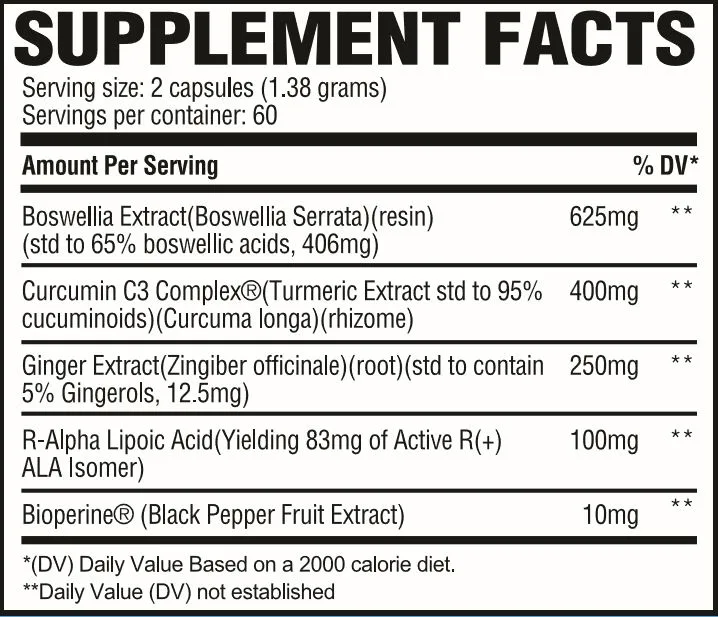
What we love is that you get a two month supply with this bottle! No other brands are doing this in this niche!
Turmeric+ breaks from the industry standard and offers a complete two month supply in each bottle when taking the recommended two capsules per day making it an excellent value.
Now for ingredient breakdown:
-
Boswellia Extract (625mg std to 65% boswellic acids, yielding 406mg)
Boswellia Serrata resin is extracted from a tree belonging to the species commonly referred to as Frankincense. Gum-resin extracts of Boswellia serrata have been traditionally used in folk medicine, particularly in India, for centuries to treat various chronic inflammatory diseases. Boswellia is a well-studied herb and has shown great promise in research conducted on inflammation. Revive MD has used 665mg of a standardized extract containing 65% boswellic acids. Boswellia has been shown to be an effective compound when used to counter symptoms of osteoarthritis and various forms of inflammation within the body.[1,2]
Research shows Boswellia is able to reduce 5-lipoxygenase, an enzyme responsible for inflammation within the human body.[3] Boswellia has also been shown to be a potent inhibitor of leukotriene biosynthesis.[2,4] Leukotrienes are inflammatory molecules that can be released due to allergies or exercise and play a role in asthma attacks which manifest in part due to inflammation.[2,4]
These are some insane results from a combination of boswellia, turmeric, and licorice root (which admittedly is not in this product)[2]
Rounding out boswellic acid benefits, Acetyl-11-keto-beta-boswellic acid (AKBA) in particular has been shown to reduce NF-kappa B, a pro-inflammatory transcription factor.[5] By reducing NF-kappa B dysregulation, one has a powerful tool when addressing several inflammatory diseases. This dysregulation has been associated with diseases such as AIDS, atherosclerosis, asthma, arthritis, cancer, diabetes, inflammatory bowel disease, muscular dystrophy, stroke, and viral infections[6] - so keeping it at bay is often a wise move.
As one can see boswellic acids are powerful tools that go far beyond basic joint pain and are an effective defense against numerous sources of inflammation within multiple body systems - exactly what is hoped from Revive MD, who isn't only talking about joint protection with Turmeric+.
-
Curcumin C3 Complex (400mg Turmeric Extract Standardized to 95% Curcuminoids)
Next up is an ingredient that has risen in popularity in recent years and for good reason. Curcumin is the yellow pigment sourced primarily from turmeric roots. Turmeric has a long history of use as a culinary ingredient and belongs to the same family as ginger root. The general practice in the supplement industry is to extract curcumin from whole turmeric to various percentages. Revive MD uses the trademarked Curcumin C3 Complex, which has a 95% standardized extract dosed at 400mg per serving.
Curcumin vs inflammation in many pathways
"A curry a day keeps the joint pain away!" A while back, we wrote about curcumin for joint pain, but there's so much more this compound can do!
Curcumin reduces and prevents excess inflammation through multiple pathways. First up is the NF-kappaB proinflammatory transcription factor. Curcumin not only reduces the expression of NF-kappaB it also prevents the degradation of IKb, a molecule that holds NF-kappaB dormant.[7] Curcumin has shown promising therapeutic potential regarding the treatment of crystal-induced arthritis as well as rheumatoid arthritis.[8] Curcumin has also been shown to reduce the oxidative and inflammatory damage caused by beta-amyloid plaques.[9] A recent study showed how beta-amyloid plaques are linked to Alzheimers disease,[10] and a theory why chronically high blood sugar and/or insulin levels could lead to such conditions (thankfully, Turmeric+ has another ingredient to assist with that too).
For serious anti-inflammatory recovery
Following laparoscopic cholecystectomy, a form of minimally invasive gallbladder removal, patients treated with curcumin responded favorably with approximately half as much pain as those receiving placebo.[11] We previously mentioned curcumin's effect on NF-kappaB, a protein that influences the genetic code to produce inflammatory cytokines, but curcumin can also suppress the body's response to TNF-alpha.[12] TNF-alpha, amongst many other functions, increases NF-kappaB and thus inflammation.
Going further into truly inflammatory disease states, a small pilot study has shown curcumin to be effective against ulcerative proctitis and Crohn's disease.[13] More research is needed but due to the ease of getting curcumin to intestinal cells as opposed to in the bloodstream or past the blood-brain barrier, this is an area that holds promise. COX-2, an enzyme involved in the inflammation cascade and a target of many over the counter and prescription non-steroidal anti-inflammatory drugs, has shown reduced activity induced by TNF when abrogated by curcumin administration.[14] Curcumin appears to be able to suppress most adhesion molecules investigated, thus reducing the ability of immune cells to get to sites of inflammation.[15]
Slowing Phospholipase A2 (PLA2)
This image nabbed from @Revive_MD's Instagram page where they showed a real testimonial for ulcerative colitis
The enzyme phospholipase A2 (PLA2) is responsible for the hydrolysis of membrane phospholipids that release arachidonic acid, which serves as a substrate for pro-inflammatory mediators, such as prostaglandins and leukotrienes. Curcumin and certain metabolites and analogs of curcumin, such as rosmarinic acid, tetrahydrocurcumin, dihydrocurucmin and hexahydrocurcumin have been shown to possess excellent PLA2 inhibition.[16]
The point is, the constituents of the turmeric root - especially the curcumin - aren't just "natural painkillers". They have real-deal anti-inflammatory mechanisms with sound research behind them.
So all the above going for curcumin, and the above is just the tip of the iceberg when it comes to curcumin research in total, how does curcumin stack up against non-steroidal anti-inflammatory drugs? Well, in one study not only did curcumin outperform ginger, a potent anti-inflammatory compound that we will talk about next, it also beat out indomethacin, a drug only available by prescription![17]
Challenge solved by C3: Better Curcumin Absorption with Added Curcuminoids
Despite everything curcumin has going for it, there is one major drawback to this botanical extract: intestinal absorption and hepatic elimination. To be blunt, curcumin's oral absorption when using unmodified curcumin with no absorption enhancement is utter crap.
Made by Sabinsa Corporation, Curcumin C3 Complex also includes the curcuminoids demethoxycurcumin and bisdemethoxycurcumin, which bring additional benefits and purportedly help 'stabilize' curcumin. Add the Bioperine lower down and we're ready to rock!
Not to worry -- Revive MD has circumnavigated this challenge by using the trademarked Curcumin C3 Complex from the Sabinsa Corporation, which is curcumin plus demethoxycurcumin and bisdemethoxycurcumin. According to Sabinsa, this preparation stabilizes curcumin and is also more soluble because of the bisdemethoxycurcumin. On top of that, they bring additional benefits -- the other two compounds are more efficient to protect from oxidative stress than curcumin alone.
But Revive MD's not done with their curcumin enhancement either. Lower down, we discuss how Revive MD makes it work even better, utilizing Bioperine, the trademarked piperine extracted from black pepper, to achieve a 2000% research-backed bioavailability enhancement![18] More on that below.
-
Ginger Root Extract (250mg Standardized to 5% Gingerols)
For many of us, ginger was possibly one of if not the first phytomedicinal compound we consumed. From a young age, many are familiar with ginger ale's stomach-soothing qualities and there is actually merit to this old home remedy assuming the ale actually contains real ginger.
Long before mothers eased sick tummies with ginger ale, Traditional Chinese Medicine and Indian Ayurveda both utilized ginger as a medicine. While still to this day being best known for its stomach-soothing prowess, ginger is a strong ally in the battle against inflammation. Revive MD has included 250mg of a 5% gingerol extract per serving in Turmeric+.
Inhibited eicosanoid synthesis from arachidonic acid = inhibited inflammation
BONUS! This interesting study showed tons of male sexual parameters - including testosterone - boosted by ginger! Hmmm!!
When studying the inflammatory eicosanoids produced by the COX (cyclooxygenase enzymes), in particular, prostaglandin E(2) (PGE(2)), as early events in the development of major disease, researchers at the Department of Family Medicine, University of Michigan Medical School, Ann Arbor, Michigan, set out to determine if 2g/day of ginger could decrease the aforementioned eicosanoids. What they determined was ginger has the potential to decrease eicosanoid levels and they postulated this was achieved by inhibiting their synthesis from arachidonic acid.[19]
Reduced muscle pain
Of particular interest to those attempting to maintain an intense daily training regimen is ginger's apparent benefit on muscle pain due to eccentric exercise. Researchers at the Department of Kinesiology, Georgia College and State University, Milledgeville, GA observed in a double-blind, cross-over design, participants who ingested a 2g dose of ginger or placebo 24 hours and 48 hours after performing 24 eccentric actions of the non-dominant elbow flexors.
The researchers did not observe any acute effect 45 minutes post ginger dosing but did observe a decrease in muscle soreness 48 hours later.[20] This is to say that taking ginger on a regular basis, as one would with Turmeric+, versus simply as needed will be of the greatest benefit to athletes.
Seven-study meta-analysis concludes similar findings
Finally, researchers at the Nebraska Athletic Performance Laboratory, University of Nebraska-Lincoln, Lincoln, Nebraska performed a meta-analysis on seven ginger studies as they relate to analgesic effects and ergogenic aid in sports. The researchers concluded that:
"Among 7 studies examining ginger as an analgesic, the evidence indicates that roughly 2 g·d(-1) of ginger may modestly reduce muscle pain stemming from eccentric resistance exercise and prolonged running, particularly if taken for a minimum of 5 days."[21]
Regarding ginger as an ergogenic aid the researchers were less enthusiastic:
"Among 9 studies examining ginger as an ergogenic aid, no discernable effects on body composition, metabolic rate, oxygen consumption, isometric force generation, or perceived exertion were observed. Limited data suggest that ginger may accelerate recovery of maximal strength after eccentric resistance exercise and reduce the inflammatory response to cardiorespiratory exercise."[21]
So don't expect any muscle gains from it (we have never really seen it advertised like that anyway), but do expect reduced inflammation, which should then lead to better recovery. It's up to you to turn that recovery into more gains with more volume and hard work.
The same study performed on curcumin and indomethacin discussed in the section above also included ginger - and while ginger was not as powerful as curcumin's anti-arthritic activity, it still beat the prescription drug when taken on a regular basis![17]
Regardless of the limited benefits on acute sports performance, the reduction in muscle soreness, general analgesic effects and the classic digestive soothing benefits make a daily dose of ginger well worth taking.
-
R-Alpha Lipoic Acid (100mg Yielding 83mg Active R(+) ALA Isomer)
Here's where Revive MD really shows their skills. Most competing supplements would have stopped after curcumin and boswellia. A few add ginger. But nearly none of them include this one for these purposes.
Our bodies are used to naturally using the R form. In supplements, it's more expensive... but it also works better.
Alpha-lipoic acid is an antioxidant compound involved in energy metabolism and is often included in formulas targeting blood sugar health. It's absolutely fantastic for that, but ALA is also beneficial when it comes to certain forms of pain, namely neuropathic pain associated with diabetes - still related to the blood sugar angle.
Researchers at the University of Medicine and Dentistry of New Jersey, Graduate Program in Clinical Nutrition, Department of Primary Care, Newark, NJ, USA performed a meta-analysis on research performed between 1966 and November 2005 that met strict criteria for randomization, double masking, and placebo-controlled design on ALA as it relates to diabetic neuropathy. They concluded that:
"ALA should be considered as a treatment option for patients with peripheral diabetic neuropathy."[21]
Reduce chronic blood sugar and insulin, reduce inflammation
The angle is basically this: chronically high insulin and blood sugar levels lead to glycation - essentially blood sugar damage (this is what is measured by your HbA1c blood test). This puts the body in a very pro-inflammatory state. Most hard-training athletes consume copious amounts of carbohydrates, so anything that helps them process those carbs at the right time, and get blood sugar and insulin levels back to normal, is going to be anti-inflammatory to a great extent.
A more recent study performed in 2007 found a relatively large 600mg dose of regular ALA was effective when treating symptomatic diabetic polyneuropathy over a five-week period.[22] While the dose used in most research studies is higher than the Turmeric+ dose it is important to note that the form of ALA being used in Turmeric+ is the more bioactive R-ALA, and this supplement is not designed to directly combat neuropathy in those suffering from diabetes - we're just looking at anti-inflammation research.
The additional blood glucose support provided by the 100mg of R-ALA will also be a side benefit of daily use. Lastly, ALA has been shown to reduce plasma levels of interleukin-6, plasminogen activator-1, and 8-isoprostane all proinflammatory markers associated with endothelial function and are implicated in the pathogenesis of atherosclerosis.[23] What this shows us is evidence of the intricate web inflammation is spun within when it comes to various disease states within the human body.
If interested in this route, you could also take a look at Revive MD's Glucose RX, which contains another 200mg of R-ALA on top of a ton of other effective blood sugar stabilizers.
-
Bioperine
Bioperine is the trusted, trademarked form of black pepper extract that promises 95% or greater piperine, the part of black pepper with all the activity!
Black pepper is something most people think of as little more than a staple condiment on their table. While it is true that black pepper is a culinary go-to for many dishes, those little black peppercorns hold a pretty powerful compound called piperine. Revive MD has chosen to go with the most researched and trademarked version, Bioperine, and has included 10mg per serving.
Bioperine is almost exclusively used to enhance the function and absorption of other compounds, and works especially well with curcumin. The human body has fantastic systems for protecting us from compounds that could cause harm. The liver, for instance, metabolizes and processes compounds for removal every second of every day. These safeguards generally work in our favor, but when it comes to certain botanical compounds they present a hurdle to overcome regarding absorption and retention in the blood for any meaningful amount of time. Enter Bioperine.
Bioperine decreases hepatic and intestinal glucuronidation.[18] Glucuronidation is the body's method of taking something and increasing its water solubility. This allows for easier elimination via the kidneys. In the case of curcumin, a highly lipophilic substance (fat-loving/soluble) the body glucuronidates curcumin into oblivion, ie. you get close to jack squat out of large oral doses!
But with the simple addition of piperine, we can achieve up to 2000% better bioavailability, and that research is specifically shown on curcumin![18] The enhancement benefit Bioperine provides makes its addition to Turmeric+ a perfect choice to round out a very complete supplement.
Dosage
Revive MD suggests simply taking two (2) veggie capsules of Turmeric+ with 8-12 fl oz of water, and preferably with a meal. If following that recommendation, you'll be getting two months supply in a bottle!
Closing Thoughts...
Revive MD has assembled a product that goes far beyond the standard cookie-cutter joint supplement. Employing top quality extracts of research backed phytochemicals while providing efficacious doses fully disclosed on their open-label Revive MD has created a product in Turmeric+ that can address inflammation not only in a user's joints but throughout one's whole system. Whether a user is suffering from cerebral inflammation, gastro-intestinal issues due to heavy eating to fuel heavy training or simply achy joints due to pushing it day in and day out Turmeric+ has one covered from head to toe.
Revive MD's billing it (with disclaimer, of course) as "the last product you will ever need for total body inflammation," and at this point, we can't really disagree.
Revive MD Turmeric+ – Deals and Price Drop Alerts
Get Price Alerts
No spam, no scams.
Disclosure: PricePlow relies on pricing from stores with which we have a business relationship. We work hard to keep pricing current, but you may find a better offer.
Posts are sponsored in part by the retailers and/or brands listed on this page.
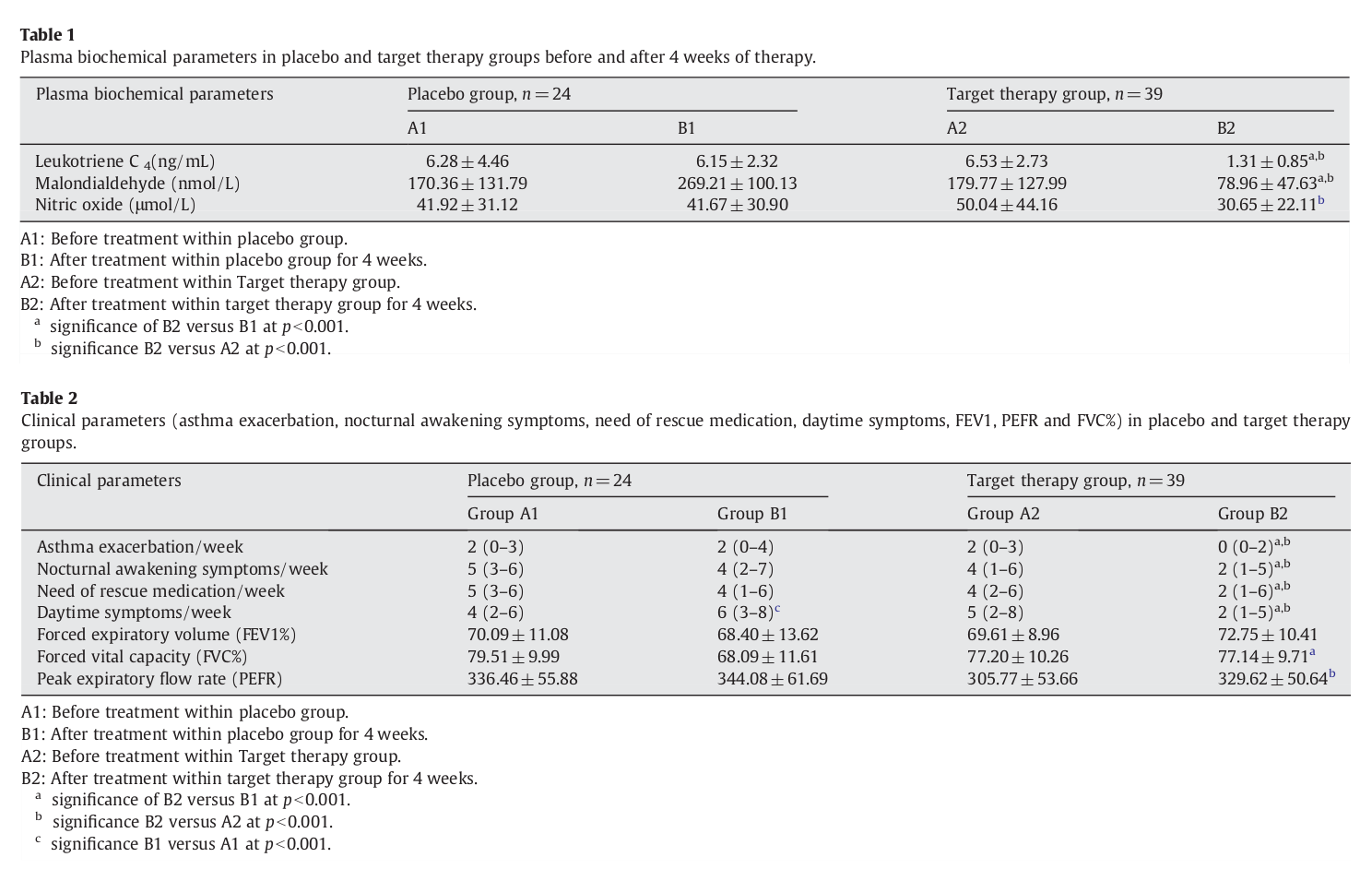
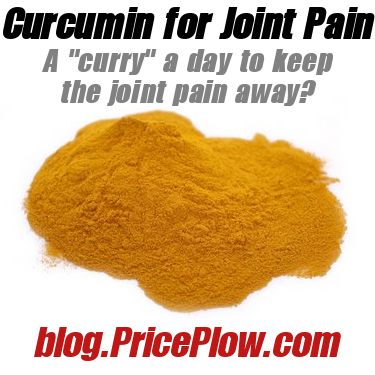
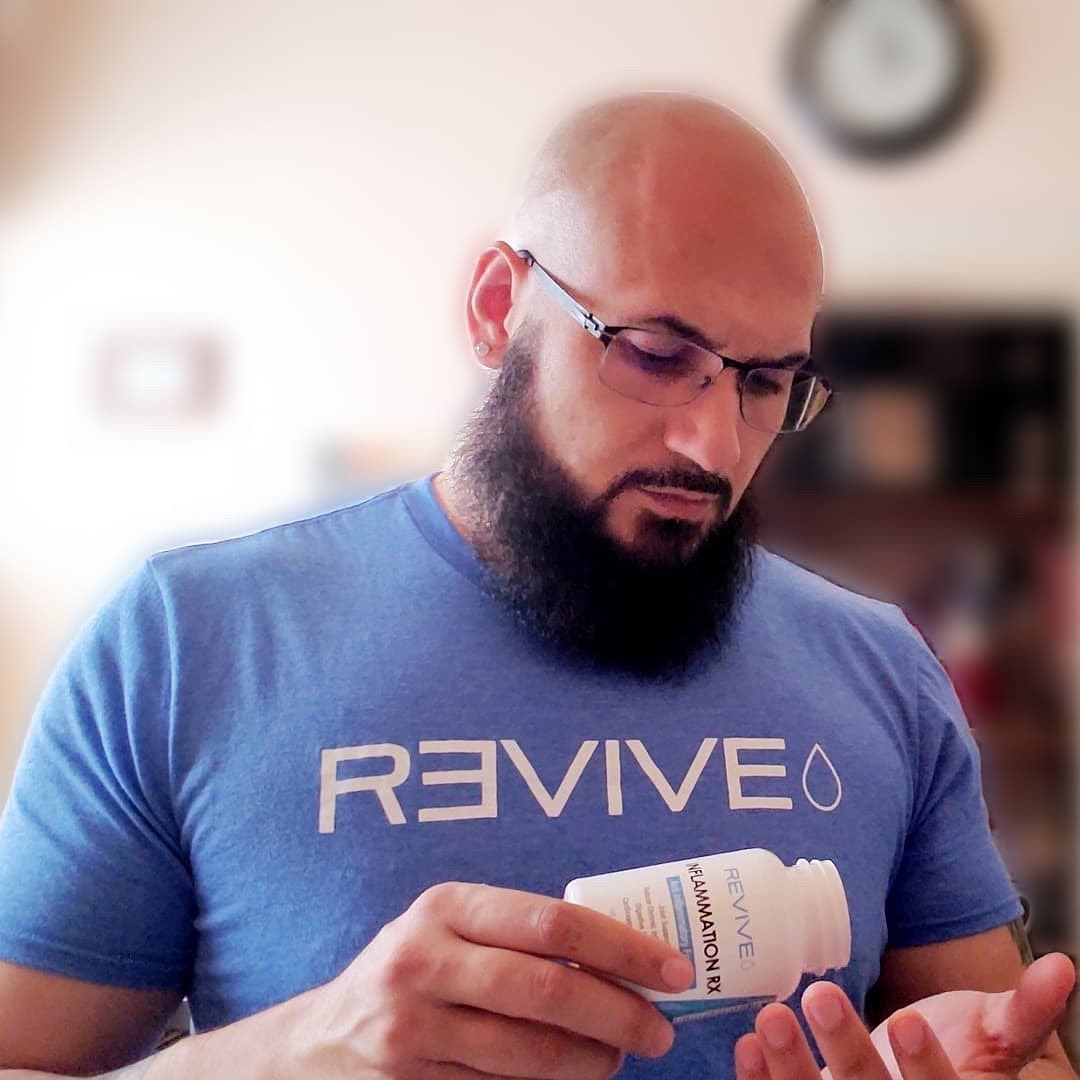
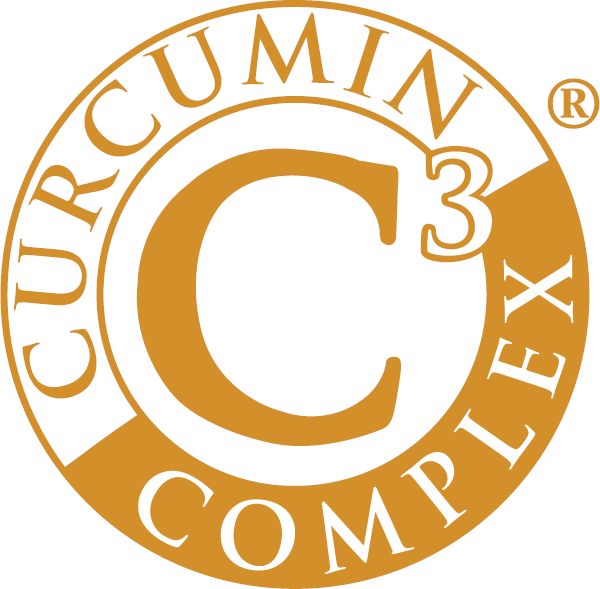
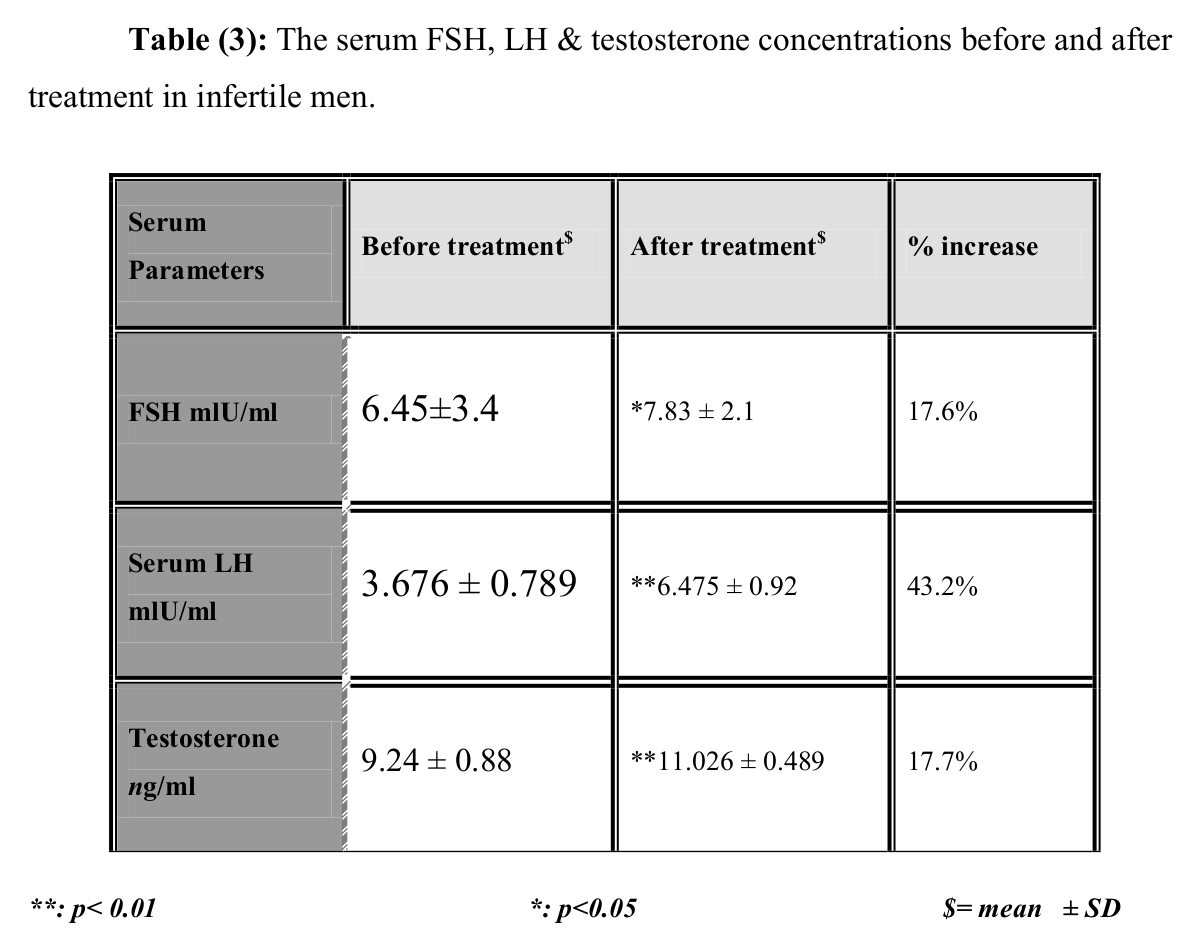
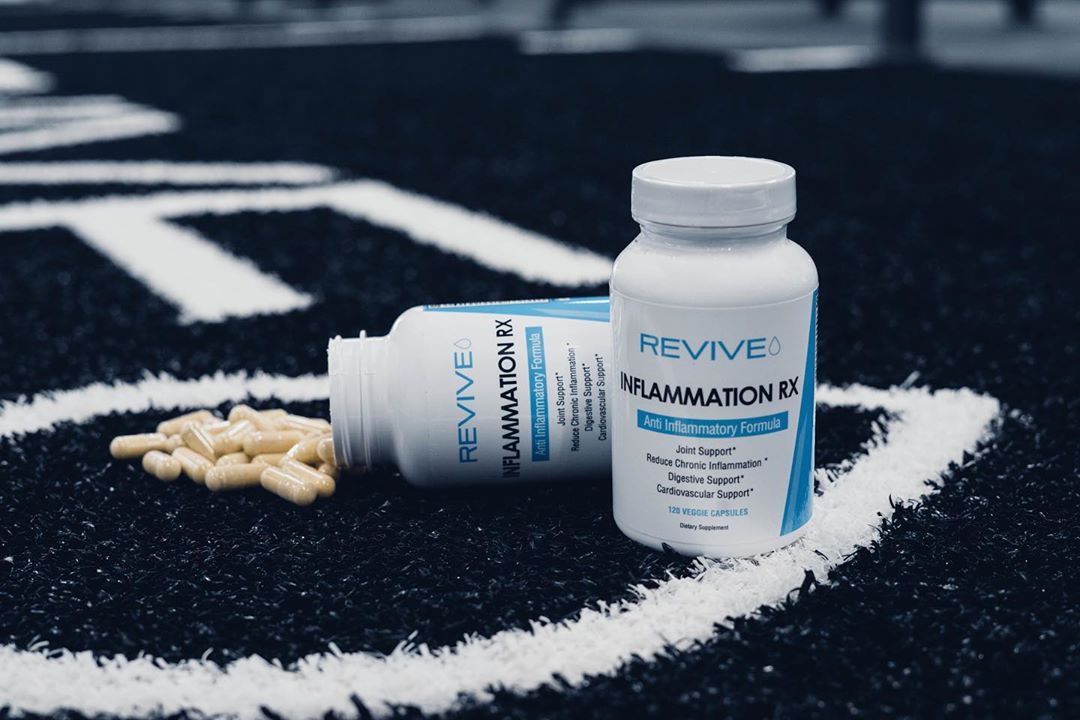


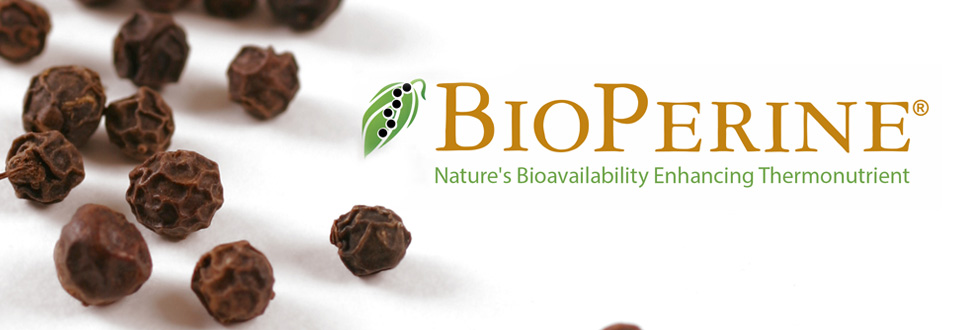




Comments and Discussion (Powered by the PricePlow Forum)